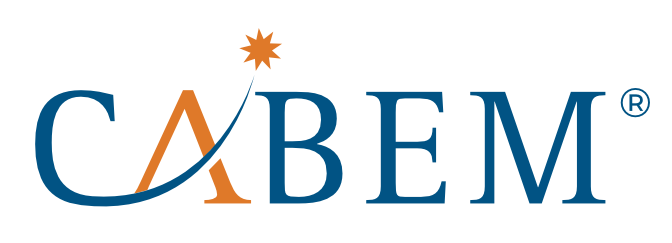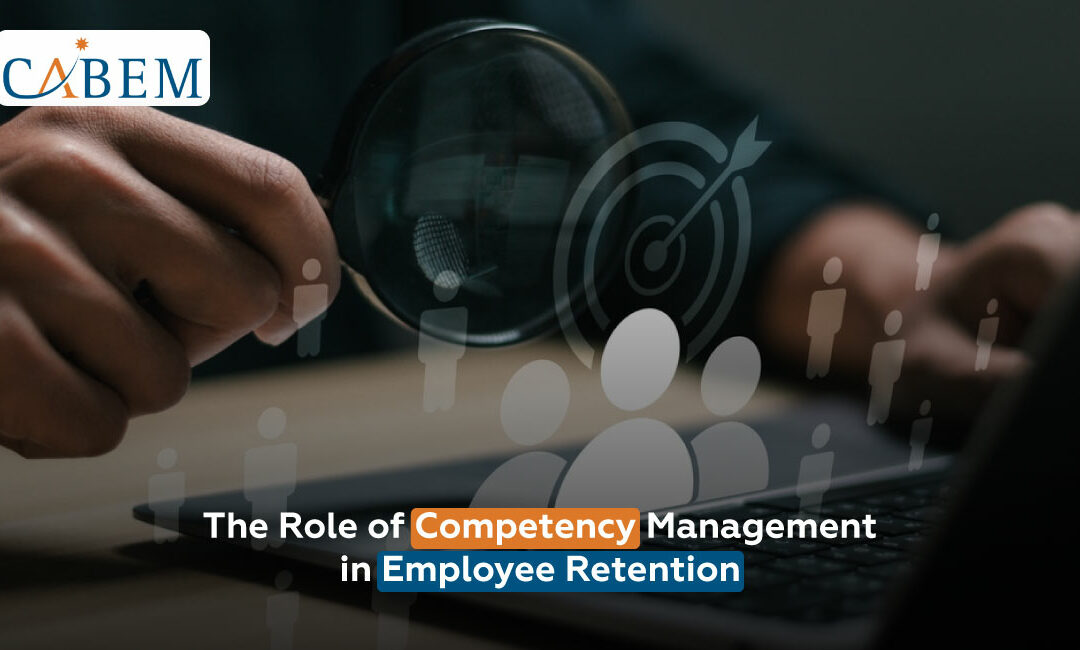The businesses nowadays are facing challenges in employee retention due to a competitive labor market. Organizations across different industries are struggling to retain high-performing employees by keeping them motivated and committed to their individual growth and the organization’s goals. The competitive salaries and perks are important, but they are not enough to retain employees.
Implementing a well-structured competency management system is one of the most underestimated strategies that help in increasing employee retention. This system works by clearly defining roles, tracking skills, and the development roadmap that creates transparency and accountability, which is highly valued by today’s workforce.
This blog will explore the key reasons why employees leave and how a competency management system helps to retain them. We will also see why you chose CABEM to set up a competency system across your organization.

The Retention Crisis: Why Good Employees Leave
Organizations worldwide are facing the employee retention challenge, and the main reason behind this is a lack of clear growth opportunities. The talented individuals of the organization want skill development and the sense that their work contributes to organizational success. When these needs are not met, the frustration grows among the employees, and they start looking for a place where they can fulfill their needs.
The employees prefer a consistent path for their skill advancement rather than just occasional training sessions. The organizations that do not invest in the development of their employees suffer from a low retention rate. The organizations without a structured competency management system also face disengagement among the teams and low morale, which ultimately leads to frustration.
This is where a competency management system plays its vital role by providing a strategic approach that resolves all these issues. It offers personalized learning paths to develop the skills of employees and teach them how to progress within the organization. The perfect competency management system not only develops the sense of direction within the team, but it also enhances the skills and improves the retention rate.

Competency Management: A Proven Retention Strategy
A competency management system is the best strategy that provides a structured path to align the skills of the employees with the goals and objectives of the organization for long-term business growth. This system identifies the skill gap for each specific role and helps the employee to develop those necessary skills so that they can perform better in their role. The competency system not only provides the training modules, but it also offers clarity and a proper growth path, which is the leading reason behind the turnover of employees. The promotion of a culture of continuous development increases the loyalty and motivation of the employees, along with improving productivity.
Competency management helps employees to:
- Visualize Career Paths: The competency management system provides a clear understanding of the skills and requirements necessary for advancement in a career within the company.
- Access Training Opportunities: The structured learning platform helps employees to learn skills at their own pace and meet job-specific requirements.
- Gain Relevant Credentials: The verifiable proofs, like certifications, serve as tangible evidence of achievement that boosts confidence in their abilities.
- Feel Valued By The Organization: When organizations invest in employee growth and focus on their skill development, people feel supported and appreciated, which increases job satisfaction and retention rate.

How CABEM Helps From Training to Transformation
The competency management is more than just checking the boxes to fulfill the compliance demand, it is a strategic transformation of the organization through developing the culture of continuous growth and learning. The CABEM’s Competency Management tool is a dedicated software that is designed to align the development of the employee with the long-term retention goals of the organization. This tool not only provides training but also fosters an environment for talent growth, reduces turnover, and builds future-ready teams.
Here is how CABEM supports the retention rate:
| CABEM Feature | How It Supports Retention |
| Skill Gap Analysis | Identify the weaknesses and provide a complete roadmap for growth and overcoming skill shortages. |
| Customer Career Pathways | It boosts employees’ loyalty by showing a customized path for future growth within the company |
| Role-Based Training Plans | It provides relevant learning to the employees that aligns with their current and future goals. |
| Credential Tracking & Reminders | It develops the culture of development and trust by recognizing the efforts of employees toward their skill improvement through proper credential tracking. |
| Mangers Dashboards | Provide leadership with real-time insights to make data-based decisions rather than relying on guesswork. |

Why Competency Management Is Better Than One-Off Training Programs
The one-time training sessions may fix the problem in the short term, but they lack in keeping the lasting effect in employee development. The issue with these programs is that they do not match with the regular workflow of the organization and often fail to support employees outside of the learning room. On the other hand, the competency management system delivers a structured framework integrated with all necessary features that is vital for skill building and career growth.
Here are the five most noticeable reasons that prove the dominance of the competency management system over one-off training:
- Continuous Learning Journey: It promotes continuous learning and progressive development rather than relying on occasional training.
- Role-Relevant Growth: This system provides relevant skill development training necessary for the job function, rather than wasting time on generic skills.
- Transparent Progress Tracking: The leadership of the organization can monitor the progress of ongoing training and see what is accomplished and what’s needed next.
- Strategic Skill Alignment: The competency models are designed to meet the business goals of the organization so which ensures employee growth supports organizational success.
- Deeper Engagement and Loyalty: Employees stay committed and become loyal to the organization when they see a clear path for their growth.

Ready to Retain Your Best People with CABEM?
To retain the top talent of your organization, does not only needs competitive salaries and perks, but it also requires purpose, progression, and personal growth. Employees are more likely to stay longer in a company where they see a bright future. CABEM’s Competency Manager provides a solution to resolve this problem. It aligns the individual development of the employee with organizational growth. CABEM helps organizations build a culture where people encourage continuous learning and feel valued.
By providing clarity, personalized learning plans, and visible career pathways, organizations not only build trust but are the best investment in the future of your business. CABEM helps you transform your workforce for success rather than just providing it with generic training. If you are ready to build a resilient and motivated team that stays longer! Contact us now to make a growth strategy for your team that also ensures the success of your organization.
FAQs
Why is competency management important?
The structured competency system is necessary to develop a skilled workforce that is resilient and motivated. It aligns individual growth with organizational goals.
Is competency management helpful at all levels of an organization?
Yes, it is a systematic development that is applicable at all levels within the organization. It provides training to all the teams of the organization.
What is the difference between being trained and being competent?
Being trained means you have received education or instruction on how to perform a task, while being competent means your ability to apply the education in real-world scenarios.
Do employers intentionally get rid of good employees?
No! Employers do not get rid of good employees, but they want to retain high-performing staff. Sometimes lack of growth and unclear organizational structure lead employees to leave unintentionally.

